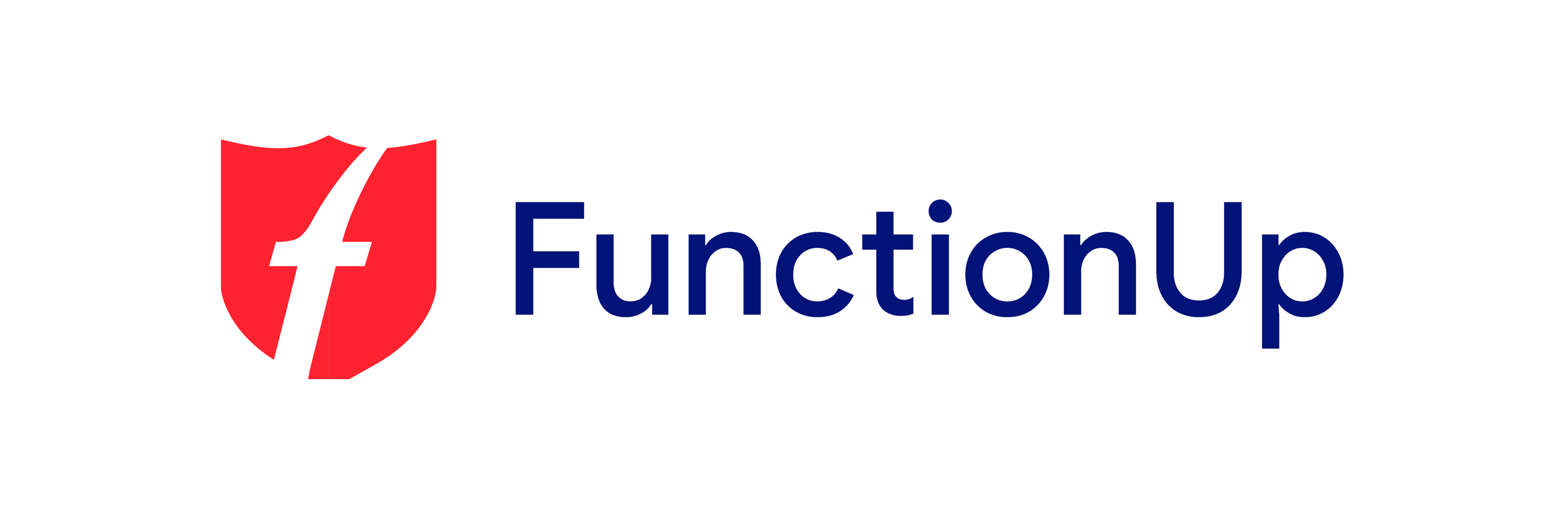
What is Frontend and Backend Development?
Frontend Development
The front end is the client side of the web application, a server is only needed to serve the raw web application, and the browser will be in charge of rendering this application in its final form, HTML. This means that the logic involved in the creation of the web page, especially the presentation logic is handled on the client side.
With the advent of JavaScript libraries such as Angular, React and Vue, the front end started gaining popularity.
Everything one comes across on a website including animations, buttons, drop-down list, colors, and all the possible front-facing features. The front-end development team works in close coordination with the UI team to ensure what is visualized in the concept form is transformed into an actual actionable interface.
The building blocks of the front end are HTML, CSS, and JavaScript.
Languages used for Front End Development:
HTML
HTML stands for Hypertext Markup Language which determines how a web page displays information. Pretty much like a formatting system and it would make more sense to take a closer look at each of the components of the HTML. They contain tags for specifying document elements and anchors that specify links to other Web pages.
Hypertext- It organizes texts often with embeds such as images in a manner that it connects related items. It defines the link between web pages.
Markup – A style guide for the structure of the web page.
Language- The language computer system uses to interpret commands
CSS
Cascading Style Sheets is a language that makes web pages presentable.
JavaScript
JavaScript is a client-side and server-side scripting language inserted into HTML pages and is understood by web browsers. It can also be defined as an Object-based Programming language.
Frameworks and Libraries for Front End Development
Let’s take a closer look at the various frameworks and libraries for front-end development
AngularJS: It is a JavaScript framework that is open source and is used for single-page web applications(SPAs). It converts static HTML to dynamic and extends HTML attributes with Directives and data is bound with HTML.
React JS: It is an open source and flexible JavaScript library used for building the view layer of the application. Managed by Facebook, it uses a declarative paradigm making the codes predictable and easy to debug.
jQuery: An open-source JavaScript library that simplifies the interaction between Data Object Model (DOM) and JavaScript.
SASS: It is a CSS extension language used to extend the functionality of an application like the variables, inheritance, and nesting.
Flutter: An open-source Software Development Kit managed by Google and powered by Dart programming language, Flutter can build natively compiled applications for mobile, web, and desktop from a single code base. It is expressive and flexible with UI and native performance.
Scope of Front End Development
With rapid digitalization with more and more businesses going online, the need for a front-end developer is going to be significant. It also means that students and professionals with this given skill set will have plenty of opportunities to have a successful career as a front-end developers.
Backend Development
Frontend And Backend Development are quite different from each other. Backend is the server-side logic that powers the websites and apps, not accessible to the user but ensures that everything on the client-side website is operating smoothly. The backend also involves coding for the server, database, and applications. Other activities carried out at the backend are:
- Writing APIs
- Integrating Apis
- Creating Libraries
- Working with system components without a user interface
- Database Migration
The backend is the “data access layer” while the frontend is called the “presentation layer”. The frontend and backend development are handled by designers and developers respectively.
What are the Backend languages?
PHP:
An open-source server-side scripting language used for web development. It has several benefits like:
- It is good for cross-platform usage, Mac, Windows, Linux, take your pick
- Open source, original codes available to all, Larvel is one of the most popular PHP frameworks
- Easy to learn
- Syncs with all databases
- Supportive community
Popular examples- Facebook, Wikipedia
C++
It is a general-purpose programming language that is also used for backend development.
Java
One of the most popular, object-oriented programming languages which work on several operating systems like Windows, Mac, and Linux and can be used to develop:
- Web Application
- Mobile Application
- Web and Application Server
- Embedded Systems
NodeJs
NodeJs is an open source cross-platform runtime that can be used for building backend services like APIs. It allows developers to use JavaScript to write command line tools and for server-side scripting, which produces dynamic web page content before the page is sent to the user’s web browser.
Backend Frameworks:
Express
A NodeJs framework is used for backend server development and can be used for single page, multi-page, and hybrid web applications allowing multiple different HTTP requests
Django
Is a python based framework used to build large and complex applications using a model-template view?
Ruby on Rails
A server-side framework with a model view controller architecture pattern that comes with default web service, web pages, and databases.
Laravel
Laurel is an open PHP framework which reuses the existing components of different frameworks in creating a web application.
Spring
Spring is an application framework for Java. Spring is an open-source framework and has the following modules:
- Core – DI (Dependency Injection), Internationalization, Validation, and AOP (Aspect Oriented Programming)
- Data Access- Supports data access through JTA (Java Transaction API), JPA (Java Persistence API), and JDBC (Java Database Connectivity)
- Web – Supports both Servlet API (Spring MVC) and of recently Reactive API (Spring WebFlux), and additionally supports WebSockets, STOMP, and WebClient
- Integration – Supports integration to Enterprise Java through JMS (Java Message Service), JMX (Java Management Extension), and RMI (Remote Method Invocation)
- Testing – Unit and integration testing through Mock Objects, Test Fixtures, Context Management, and Caching
Spring has a strong ecosystem and continues to evolve.
Scope of Backend Development
Backend is the literal backbone of web applications and since we discussed earlier that digitalization is the future, the backend developers are the architects of that future. With a dearth of professionals with backend engineering skills, the industry is always on the lookout for talented people.
Difference between frontend and backend development:
Both Frontend and backend development are important to learn, but do you know the actual difference? Here we showcase the main difference between frontend and backend development
The frontend is the part the user interacts with through a graphical user interface (GUI) however the backend part of the website remains inaccessible to the user.
The visual aspects of the website are the front end and the way the website functions is determined by the backend.
The front end uses languages like HTML, CSS, and JavaScript while the backend uses backend including Express, Ruby, Laravel, etc.
Clearly, the frontend and backend development are quite different from each other both in their functions, frameworks, and programming language.
FunctionUp is a coding bootcamp that focuses on frontend and backend development skills and trains students through our NSDC approved curriculum over a period of four months.
